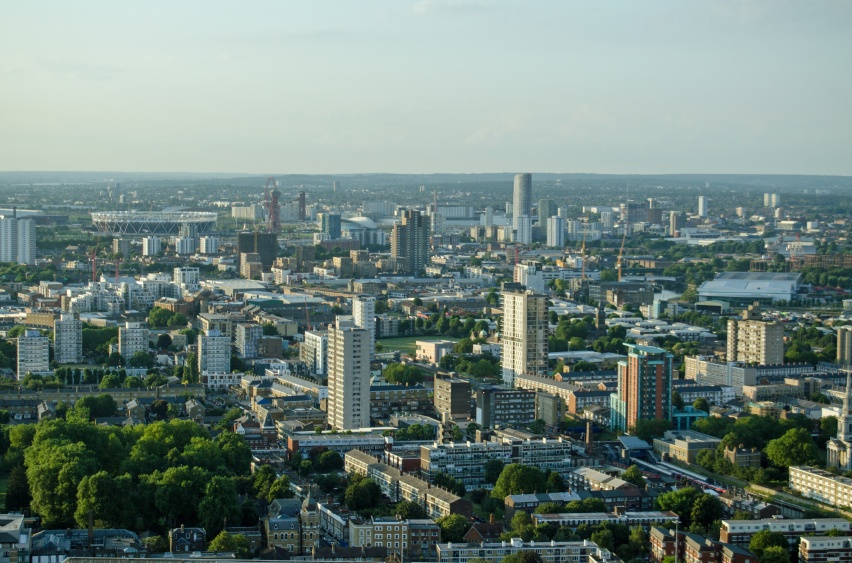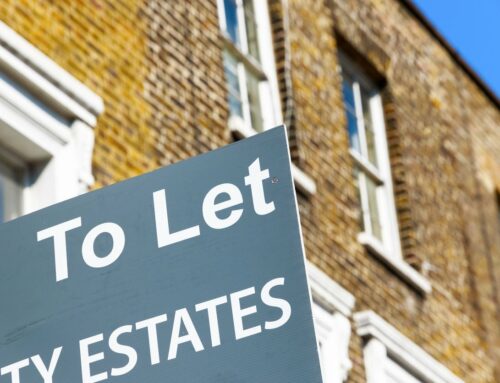Home » Uncategorised »
Why Landlords Should Buy in East London
This article is an external press release originally published on the Landlord News website, which has now been migrated to the Just Landlords blog.

With changes to buy-to-let taxes looming, landlords are seeking the most profitable investments before they are hit by major financial changes.
Recently, we reported that buy-to-let investors are rushing to buy new rental properties ahead of the 3% Stamp Duty surcharge, which will be brought in on 1st April. Read more: /landlords-rushing-to-avoid-buy-to-let-tax-changes/
And opportunities are rife in east London, where the capital’s homebuyers and renters are moving.
The area has been experiencing a wave of activity since Stratford was selected to host the 2012 Olympic Games back in 2005.
Over the past decade, house prices have surged by over 300%, and they continue to rise. Last year alone, property values rose by 22% in Newham – more than in any other part of the UK.
The change in the east of the capital is continuing. More Londoners now live east of Tower Bridge than in the west, and east London’s population is expected to grow by a further 600,000 in the next 15 years.

Why Landlords Should Buy in East London
With so many Londoners heading east, this area is proving profitable for property investors. And while prices may have increased significantly, there are still good value homes to be found.
A new wave of professionals – think the digital/design community – is sitting alongside Canary Wharf’s bankers to form a sophisticated spot. East London is also becoming a cultural hub; the English National Ballet recently relocated from upmarket Kensington to Canning Town.
But all of this is unsurprising – over £13 billion was invested in the area over the Olympics period. New infrastructure projects, such as Crossrail, are bringing more and more people into this thriving, yet still affordable, zone.
Boris Johnson has also revealed a City in the East master plan, suggesting how 203,500 homes and 283,300 jobs can be created over the next 20 years. With transport improvements such as an Overground extension to Barking Riverside, a new river crossing and train stations, the expansion seems likely.
The area in question stretches from London Bridge, through the Docklands, to Rainham Marshes in Essex and Dartford in Kent.
The Mayor of London’s document contains several maps that show how the city is moving eastwards. The individual areas’ growth can be seen here: http://www.london.gov.uk/press-releases/new-city-in-the-east
Alongside a change in residents, a building boom in east London is bringing better new homes.
New luxury high-rise housing at Canary Wharf is attracting wealthy buyers from Fulham, Putney and Chelsea. Meanwhile, modern lofts in Spitalfields and popular spots around Victoria Park are still affordable for young Londoners, especially due to shared ownership schemes.
While Whitechapel, Bethnal Green, Mile End and Bow might traditionally be known as rough-and-ready, they are now becoming cool places to be for the capital’s youngsters.
Additionally, inner-city quarters are being created through the release of disused public land. One example is a former postal depot in Stephenson Street, Hackney, where Berkeley Homes is building 3,500 new homes, a new school and shops.
The London Legacy Development Corporation, which owns most of the land, has taken control as the planning authority and is fast-tracking change.
Could you find a sparkling new investment with great promise of strong returns in east London? It seems so!




